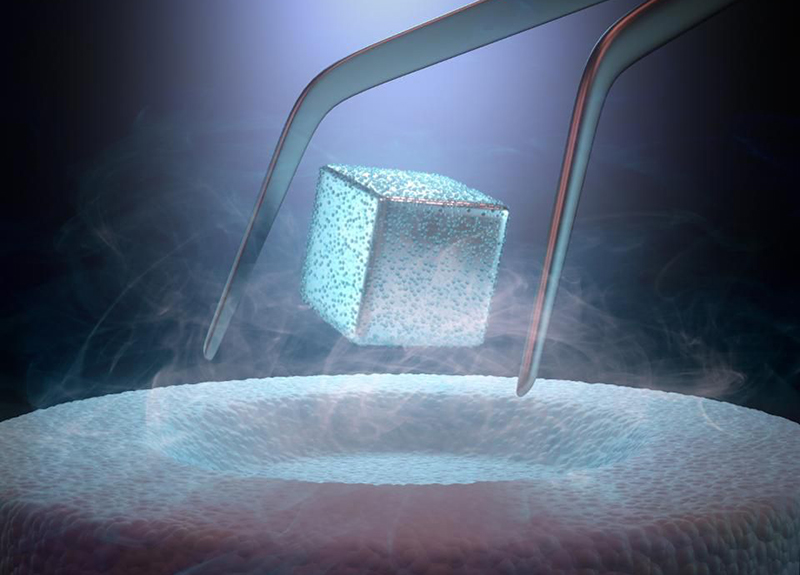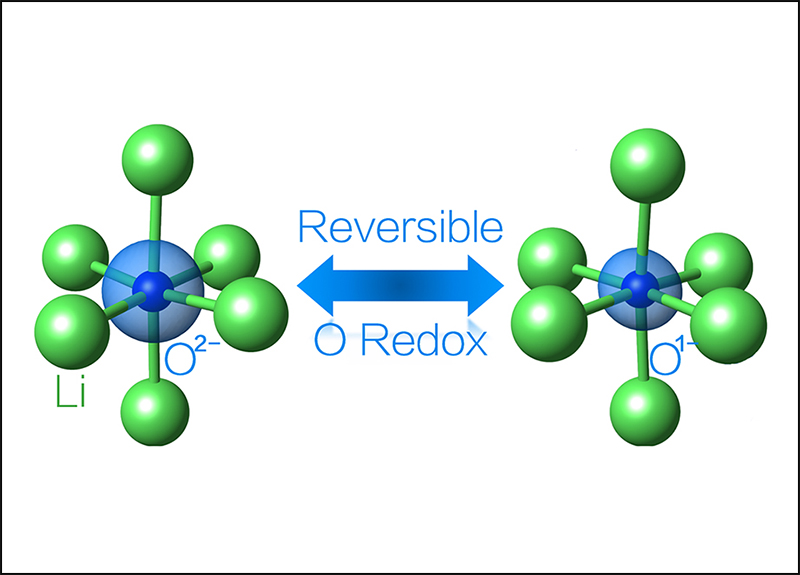Researchers identified 14 compounds with specific electronic trait
By Emily Ayshford // Originally published in Northwestern Engineering News
Superconductors — materials that offer no resistance to electricity — offer tantalizing prospects for future technology, including much more efficient power grids and superfast computers.
But materials that have this ability only become superconductive at very cold temperatures. For decades, scientists and engineers have been working to find materials that could become superconductive at room temperature, or at least 0 degrees Celsius.
Using data science, Northwestern Engineering researchers have identified 14 compounds that could potentially be good candidates for high-temperature superconductivity. They used a database of more than 600,000 materials and developed a new screening process to search for a specific electronic trait.
“These materials could exhibit interesting and potentially exotic properties, including superconductivity,” said Chris Wolverton, Jerome B. Cohen Professor of Materials Science and Engineering and co-author of the research. “By finding these compounds, we are telling our experimental colleagues which candidates to test in the lab.”
The results were published May 30 in the journal Physical Review X.
An inverse design approach
The search for high-temperature superconductors has been difficult, since scientists and engineers do not completely understand the quantum mechanisms behind superconductivity. In the 1980s, scientists found that materials called cuprates exhibited superconductivity at what was considered a high temperature of 35 kelvins, or around -397 degrees Fahrenheit.
Since then, cuprates, which are ceramic compounds of copper and oxygen, have exhibited superconductivity at higher temperatures (around -216 degrees Fahrenheit), and scientists generally agree that one important atomic characteristic of the material that leads to superconductivity is the presence of an electronic property called a single correlated d band in the low-energy spectrum.
“Most materials don’t have this structure,” Wolverton said. “It’s quite rare.”
To find materials with this characteristic, Wolverton turned to his Open Quantum Materials Database, which houses the thermodynamic and structural properties of more than 600,000 materials.
“We wanted to know, can we find other materials that are simpler than cuprates that still exhibit their fundamental physics?” said Eric Isaacs, a postdoctoral fellow in Wolverton’s group and co-author of the paper.
But finding materials with this property isn’t as simple as searching the database, since this electronic property hasn’t been calculated for most materials. Instead, the researchers developed a new process involving screening materials and running calculations based on the materials’ chemistry, symmetry and structure, electrons, and thermodynamic stability.
Fourteen candidates emerge
In the end, the researchers identified 14 compounds. Thirteen were copper compounds — including bromide, oxide, selenate, borate, pyrophosphate, hydrogen phosphate, and pyrosilicate chemistries — and one was an iron oxide compound.
“It was conceivable that we wouldn’t find anything, so it was a triumph that we found 14 possibilities,” Isaacs said.
Next the group hopes to connect with experimentalists who can test the electronic properties of these materials. This research was part of a larger effort within the group to identify thermoelectrics — materials that convert heat into electricity — and to identify new materials for batteries and for splitting water into hydrogen and oxygen.
“With this process, we are able to find materials that exist but that nobody has studied for certain types of properties and uses,” Wolverton said. “It’s a way to guide future experiments.”
Prof. Christopher Wolverton is a researcher in the Center for Catalysis and Surface Science (CCSS), a strategic research center of the Institute for Sustainability and Energy at Northwestern (ISEN).
Image credit: Getty






